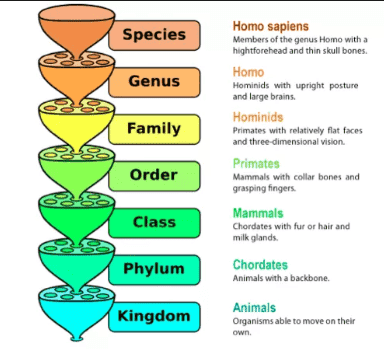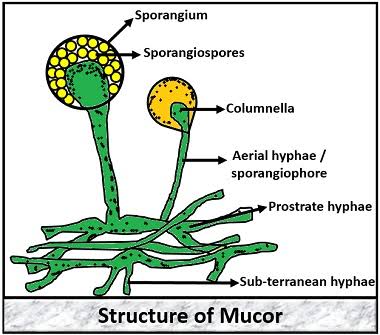ENGLER AND PRANTL SYSTEM OF CLASSIFICATION
Adolf Engler (1844-1930) Professor of Botany at Berlin University adopted the main features of Eichler‘s classification and with Karl Prantl (1849-1893) published Die Naturlichen Pflanzenfamilien in 1909.
The significant feature of this technique is that monocotyledons take precedence over the dicotyledons, the polypetalae, monochlamydeae are united and form the only group Archichlamydeae. Amentiferae were regarded as primitive.
Also read - Hutchinson system of classification
 |
| Source wikipedia |
Evolution is traced from hypogynous to epigynous. This system is additionally not perfect because the Amentiferae isn't artificial assemblage of families but probably reduced instead of primitive group as indicated. The placing of monocots before dicots is also not in present line. The general outline of the system proposed by Engler and Prantl is given below:
 |
| Source wikipedia |
In Engler and Prantl, dicotyledons are divided into Archichlamydeae and therefore the sympetalae. The monochlamydous families were amalgamated with the polypetalae to supply the Archichlamydeae. Sympetale corresponds to Bentham and Hooker’s Gamopetale.
Among the Archichlamydeae they placed the naked flowers then passed on to those with sepaloid perianth.
Engler and Prantl’s system totally contained 14th major divisions. The first 13th divisions included the algae, fungi, bryophytes and therefore the pteridophytes. The fourteenth division e.g., Embryophyta Sighonogama included both the Gymnosperms and thus the Angiosperms.
If the system is considered to be phylogenetic . Monocots are more primitive than the dicots.
The monocots were divided into 11 orders during which the Palmae were elevated into on order.
Dicotyledonae were totally put in 44 orders; 33 within the Archichlamydeae and 11 within the Sympetalae. Curcurbitaceae is elevated to an order (Cucurbitales).
Merits:
- It gives phylogenetic arrangement and an excellent illustration of many groups.
- Joining up of Polypetlae and Monochlamydae into Archichlamydae
- Family Archiaceae is placed at the end of dicots because they are slightly evolved.
- Juncaceae, eridecae, Amaryllaceae, are placed close to Filiaceae.
- Gymnsperms treated separately in this system.
- This system is accepted all over the world.
Demerits:
- The union of opetalae and choropetalae is important over that of Bentham and Hooker’s system but in other respect not so.
- Centrospermae and Ementiferae are placed in the beginning of dicot even before Ranales.














0 Comments
If you have any query let me know.